When we popularize how to identify discomfort or pain in cats, we always mention a cat posture: hen squat!
But what does a hen look like when squatting?
First of all, from the following pictures, find the picture of the cat "hen squatting" and suspected of being unwell
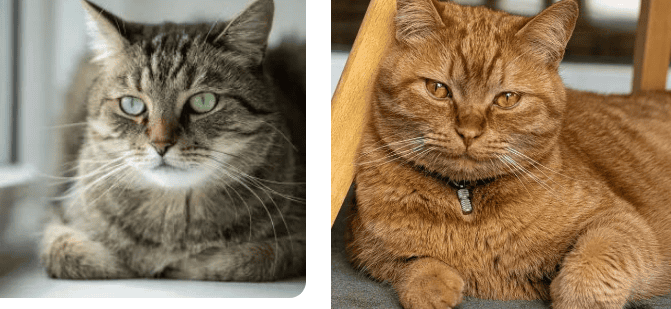
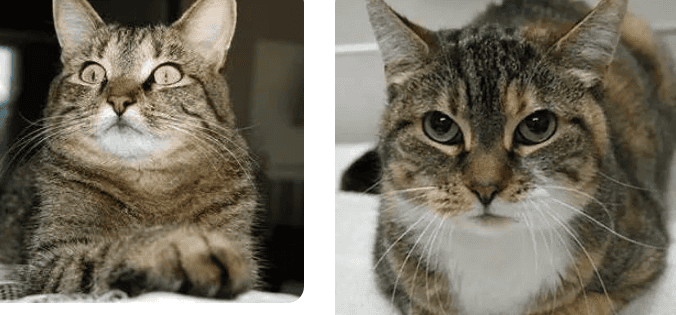
Picture from: deviantart/verybiglobo/pexels/ohspets
Neither
p>Figure 1 (typical) and Figures 2 and 4 (incomplete) are all guesswork. And holding hands means being defenseless...
Because in the face of danger, holding hands cannot react immediately, which is a sign of trust in you and the environment~The cat's demeanor is completely relaxed (Picture 3 is very relaxed) ).
It doesn’t matter if you answer wrong, let’s unlock the knowledge of this new posture together today...
01 What does a hen look like when squatting?
"Hen squat" is a more vivid common name. Cats usually have four feet on the ground, their back is arched or bulged, and their back/abdominal muscles are tense.
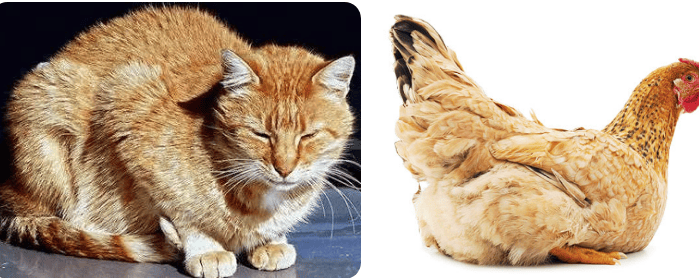
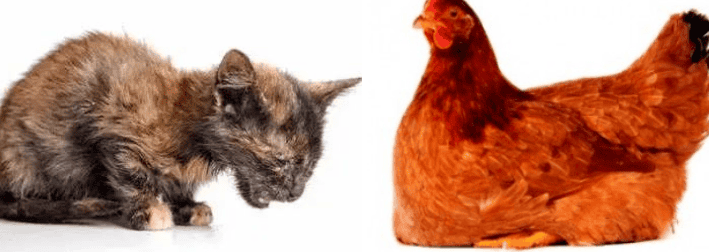
Hen squat
Picture from: littlebigcat/cat-world/care2
Why do you use the "hen squat" posture?
If it hurts, it would be more comfortable to curl up in a nest.
Just like if a person has a stomachache (stomach pain, aunt pain...), he would curl up and curl up in a nest...
< p style="text-align: center;">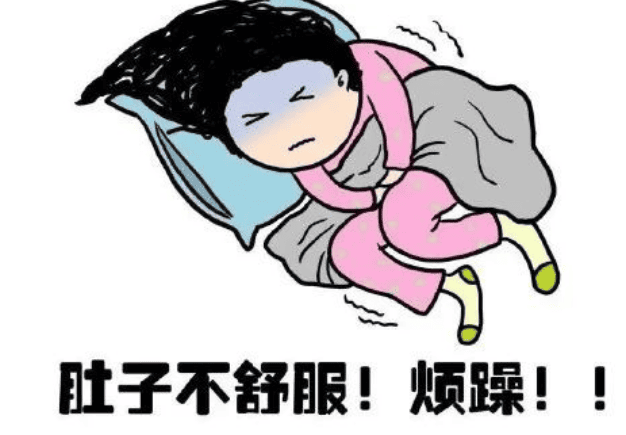
The two-legged animal squats or arches its back in a posture that reduces inflammation in diseases where inflammation spreads to the peritoneum and causes pain. The contact area with the peritoneum, thereby reducing pain.
The same goes for cats. Some pain can be relieved to a certain extent by arching their backs and curling up.
Discomfort must be hidden!
Because cats are also prey in the wild, when they feel unwell, they will curl up and reduce their size as much as possible to avoid the risk of being exposed.
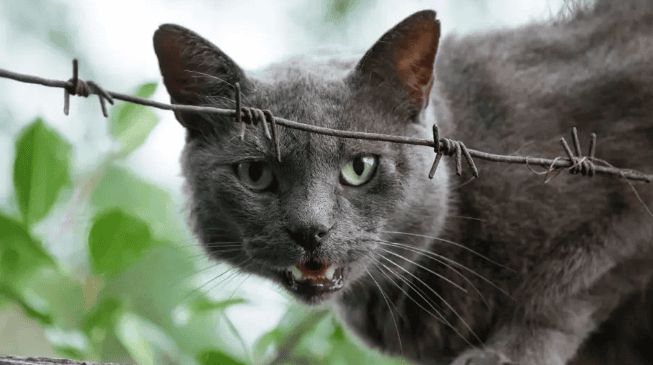
Picture from: pawmaw
Stressed, can run away at any time< /p>
When cats are in a strange environment or in a state of stress, it is easier for cats to "start" and escape with their feet on the ground and their belly on the ground.
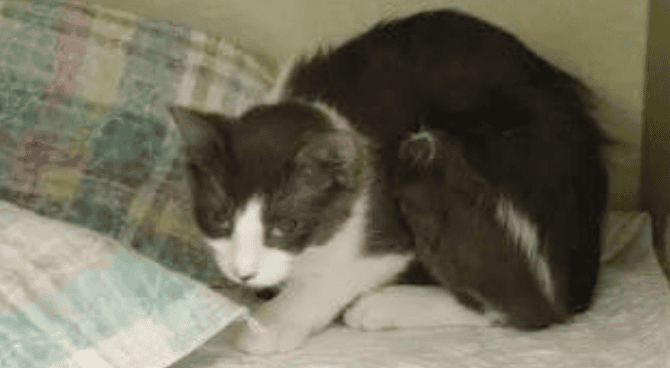
Look carefully, the cat is hunting (catching small bugs, playing with cat sticks, pouncing on small animals) toys), there will be a similar preparation posture. All for the convenience of taking off and exerting force quickly:

Picture from: lifewithdogsandcats
02What causes it?
In addition to stress, any situation that causes abdominal pain in cats may cause the cat to hunch its back and adopt a hen squatting posture. Mainly include:
➤ Gastrointestinal obstruction: hair accumulation, improper diet, eating cooked bones (cooked is more dangerous than raw), tumors or twisted intestines.
➤ Constipation: caused by accumulation of hair in the intestine, foreign bodies, intestinal inflammation or perianal injury (pain leads to reluctance to defecate, and ultimately constipation), dehydration, environmental changes, etc.
➤ Diarrhea: may be caused by infection, inflammation, improper diet, or parasites.
➤ Abscess: More common in stray cats, usually caused by a cat bite.
➤ Cancer: More common in middle-aged and older cats.
➤ Kidney disease: causes chronic or acute pain.
➤ Feline Distemper: Cats of any age can become infected; more common in kittens and feral populations.
➤ Pancreatitis: Hyperlipidemia, trauma, exposure to organophosphates and infection may all cause it.
➤ Urinary tract diseases: urinary tract infection, inflammation, urinary obstruction. Male cats are more likely to develop anuria, which can be life-threatening in a short period of time.
03What should parents do after discovery?
The first step: palpation and investigation
Because the cat shows hen squatting, it may be mainly caused by abdominal pain or discomfort.
So if you master some palpation techniques, you can make a preliminary judgment by feeling whether the cat's bladder is swollen and unable to hold back urine, or whether the intestines are hard and constipated.
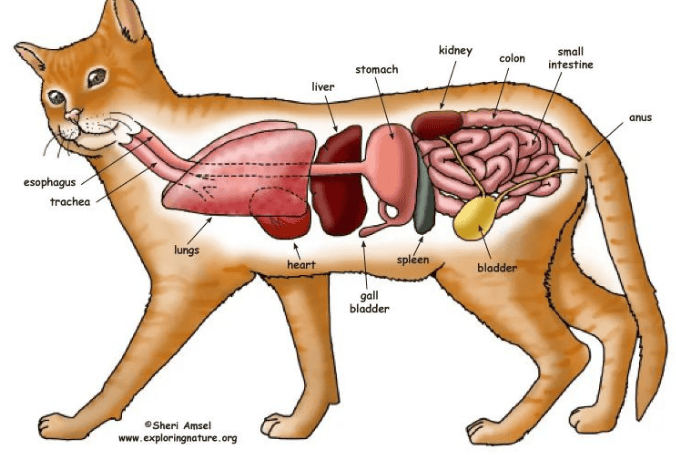
The bladder is at the root of the thigh (yellow)
The intestine is at Move a little further back and touch both sides appropriately
If the cat does not have the above abnormalities, or the parent cannot touch it for the first time, or the cat is not very cooperative...
You can also touch around the belly with a little more force...
(But don’t scratch too hard, because if a cat really has anuria, the bladder that is holding back urine will be crushed. ! Very dangerous! )
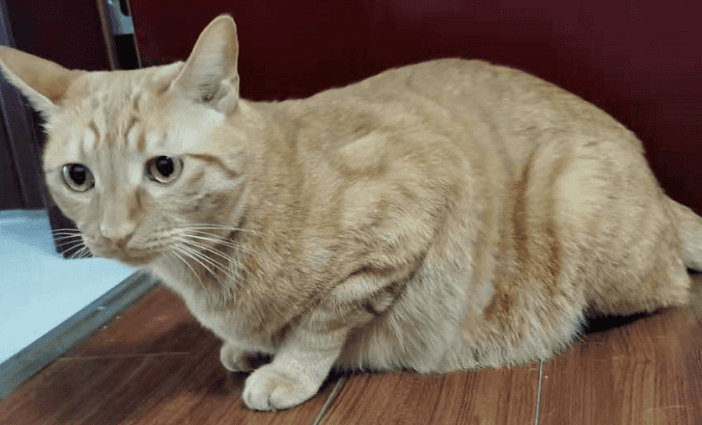
Step 2: Comprehensive judgment
< p>Behavior: dodge (maybe you don’t like touching), run away quickly, fight back...Voice: howl in pain, and may even issue "hiss" and "ha" warnings of attack... .
Expression: Ears like airplane ears, expression of pain...
Physically: tail close to side, tail flicking impatiently...
Overall: It may be accompanied by loss of appetite, listlessness, reduced exercise, licking of the abdomen (painful area), redness, swelling and inflammation of the anus or urinary tract, etc.

Facial expressions of no pain, moderate pain, and severe pain
Step 3: Assess whether medical examination is needed
✔ If the cat’s stomach is happy and there are no abnormalities in spirit, appetite, and defecation, you can rest assured.
Because cats occasionally adopt this posture, it may be a preparatory action before suddenly stopping, not adapting to the environment, shrinking coldly, and launching a sprint.
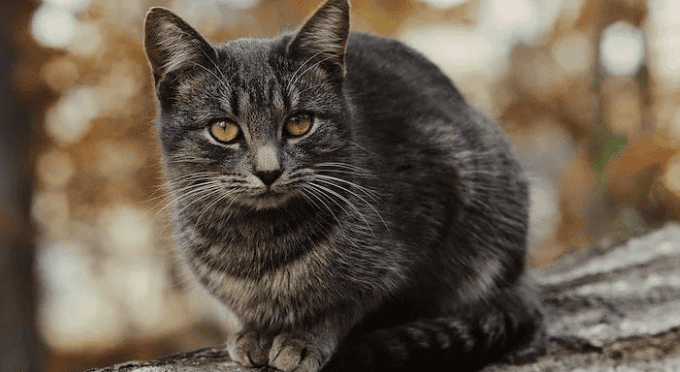
Picture from: fetchpetcare
But:
< p>× If the cat is constipated for the first time, you can try hair removal cream/tablet + combing frequently + encourage drinking water. If the constipation does not relieve the next day, or the anus is accompanied by other abnormalities, it is recommended to seek medical treatment as soon as possible;× In the case of complete urethra obstruction, cats may show signs of uremia within 24 hours, and some cats may die due to arrhythmia, acidosis, etc. within 72 hours. Therefore, if a cat has anuria, you should seek medical attention immediately;
× For many chronic inflammations and diseases, cats will “bear it as long as they can” in the early stages of symptoms. Therefore, if you find that your cat has been squatting for a long time and is accompanied by any changes in appetite, energy, and activity level, it is recommended to contact the doctor as soon as possible.

Picture from: housecallvet
What examinations may be required when going to the hospital? ?
▌Consultation
Information such as age, medical history, immunity, diet, etc. may narrow down the possible cause of the disease.
For example, if an unvaccinated kitten has a fever and bloody diarrhea, feline plague will be diagnosed first; if an elderly cat suddenly becomes polydipic and urinary, kidney problems will be diagnosed first.
▌Palpation
Preliminarily check the fullness of the bladder, etc.
▌Laboratory tests
Blood routine: evaluate white blood cells, red blood cells and platelets;
Biochemistry: evaluate organ function;
Urine test: Detects conditions such as diabetes, kidney and urinary tract infections.
▌Other possible tests
X-ray or B-ultrasound: look for blockages and tumors, and evaluate organ morphology and function.
Cardboard or PCR detection: such as cat distemper test paper or PCR detection; special fPL test paper for pancreatitis, etc.

 扫一扫微信交流
扫一扫微信交流
发布评论